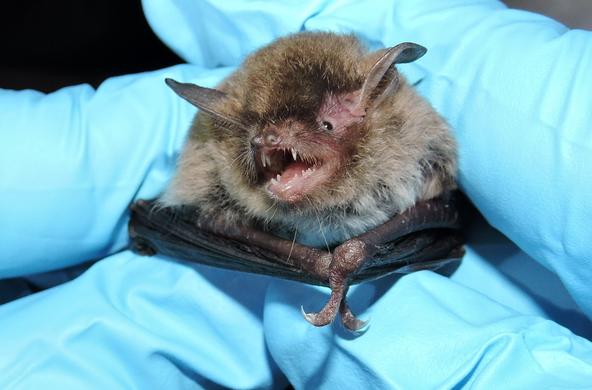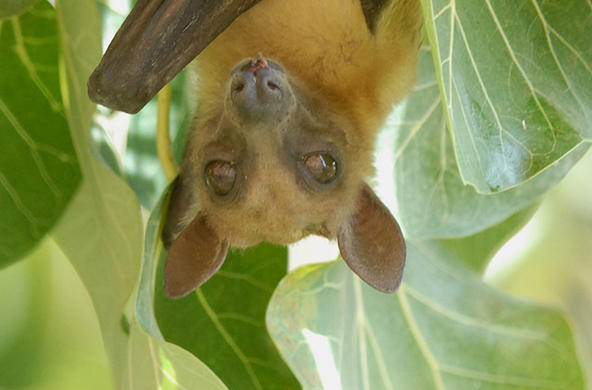In a forest in Cameroon, a tiny, virulent virus leapt from a single infected chimpanzee carcass into a human's blood, giving him HIV. Near a tree in the Guinean village Meliandou, children at play may have captured and eaten a tiny Angolan free-tailed bat, ingesting the Ebola virus that would launch a deadly epidemic. Somewhere on the Arabian peninsula, a herdsman got too close to the runny nose of a camel and unwittingly infected himself with Middle East Respiratory Syndrome.
Of all the ailments that plague people, the majority began like these three: with a bacteria, virus, parasite or other pathogen that jumped from an innocuous animal host to the human population. Figuring out where the next spillover will take place is a question that keeps public health experts up at night. But there's no global database documenting where these kinds of infections — called zoonoses — might be lying in wait.
So Barbara Han, a disease ecologist at the Cary Institute of Ecosystem Studies in Millbrook, N.Y., decided to map them.
"What we really want to do is shift the strategy from one of being defensive — always running around putting out fires — to one that's preemptive," she said. "One step toward that goal is to figure out where things are, what's carrying the known diseases and what's their distribution."
Drawing on hundreds of studies of emerging zoonotic diseases that come from mammals (other mammals, being our close relatives, are the largest source of zoonotic outbreaks in humans), Han tracked what classes of creature harbor the most known human pathogens, and where those reservoirs are most likely to be found. The results, published Tuesday in the journal Trends in Parasitology, are complicated and at times surprising. She uncovered no overarching trends in the prevalence of zoonoses, no single factor that health officials can hone in on when pinpointing spots with the potential for an outbreak. But she did identify several classes of animals and regional hot spots to keep an eye on.
"It's a hard game to play because there's hundreds and hundreds of combinations of different zoonoses and carriers," Han said. She compared the study to "opening a Pandora's Box."
"We'd hoped to find a unifying theme, and instead there's just 45 more questions that need to be answered."







